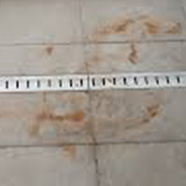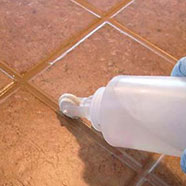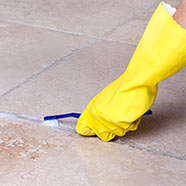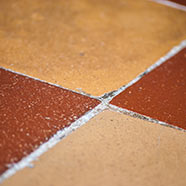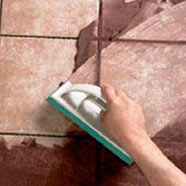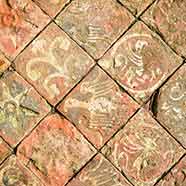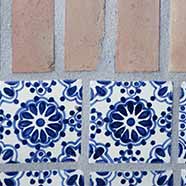Tile and Grout Cleaning
Cleaning ceramic and porcelain tile and grout can help restore that "like-new" look to the floor as if it were freshly installed.
Whether it’s cleaning away hard water deposits, grout haze, efflorescence, or soap scum, learn how to clean floor tile grout and tile surfaces with our tech tips to have them looking as good as new in no time.
Just remember: Always test your cleaning products in a small inconspicuous area of the flooring to determine ease of use and whether it will produce the desired results.

